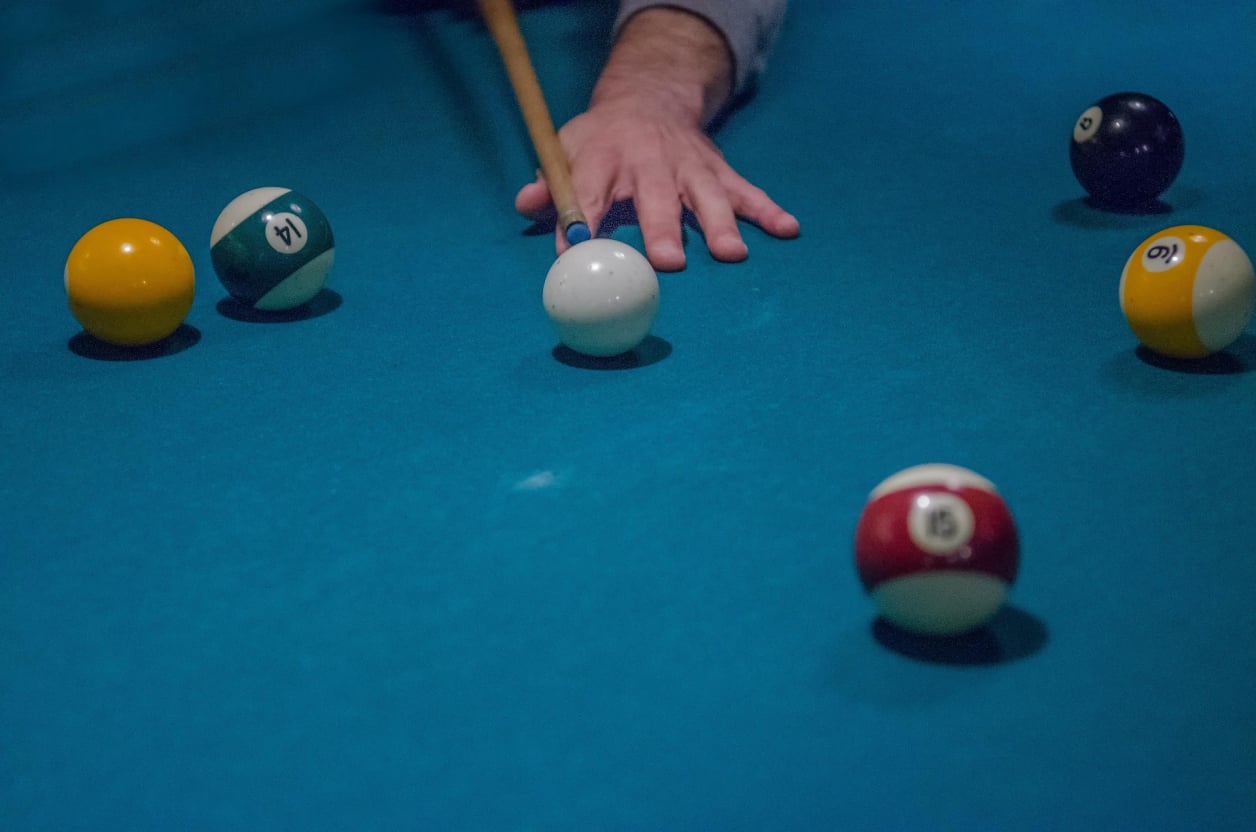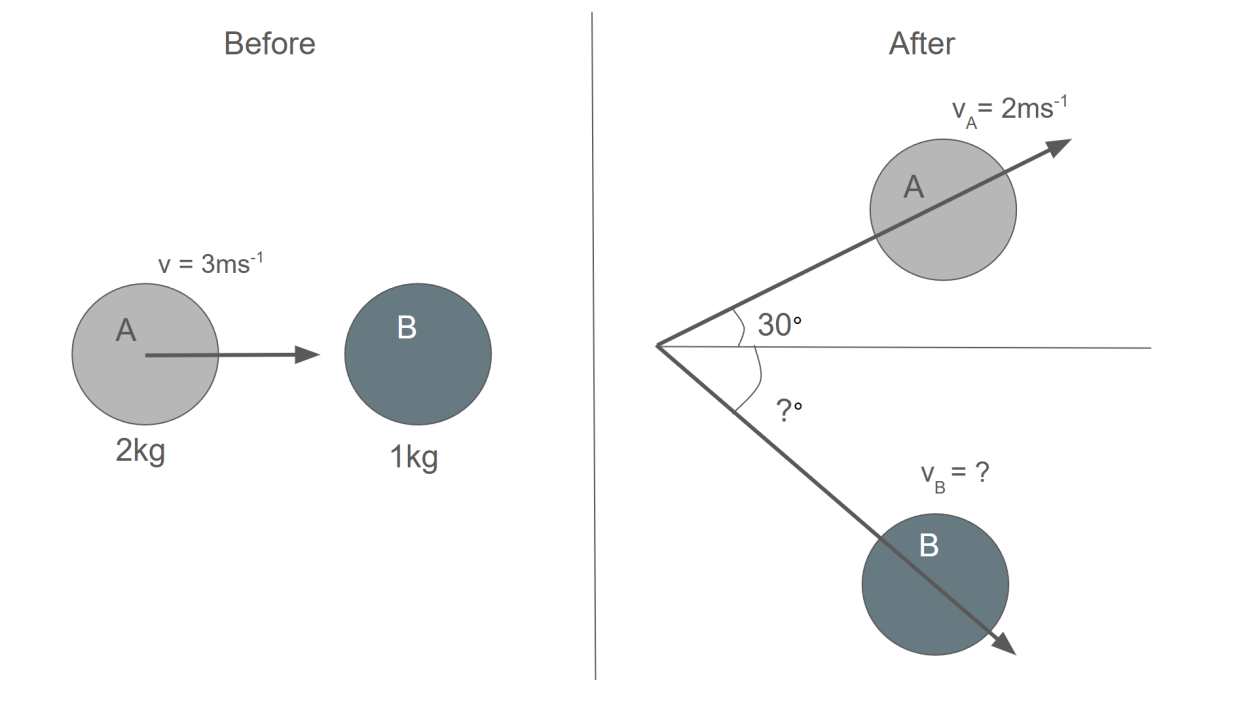Steps In Modelling 2D Collisions
- Begin by breaking down the velocities of all objects involved in the collision into their x and y components. If a velocity v is at an angle θ to the x-axis, the x-component is vcos(θ), and the y-component is vsin(θ).
- The principle of conservation of momentum is applied separately in the x-direction and the y-direction.
- Using the equations set up in the previous step, solve for the unknown quantities. They can be v, θ, or m depending on the question.

